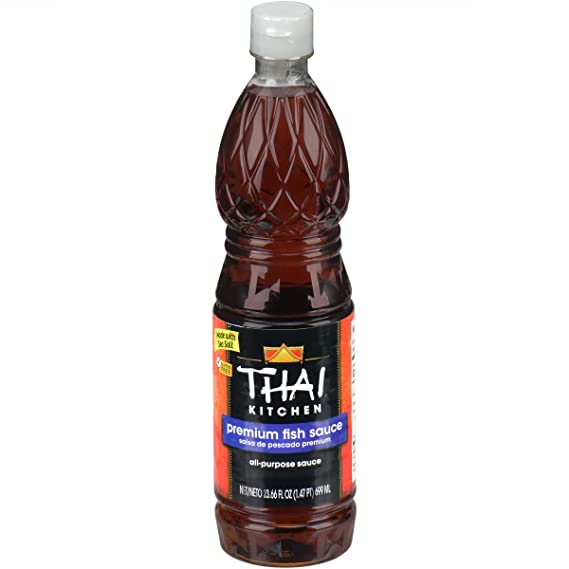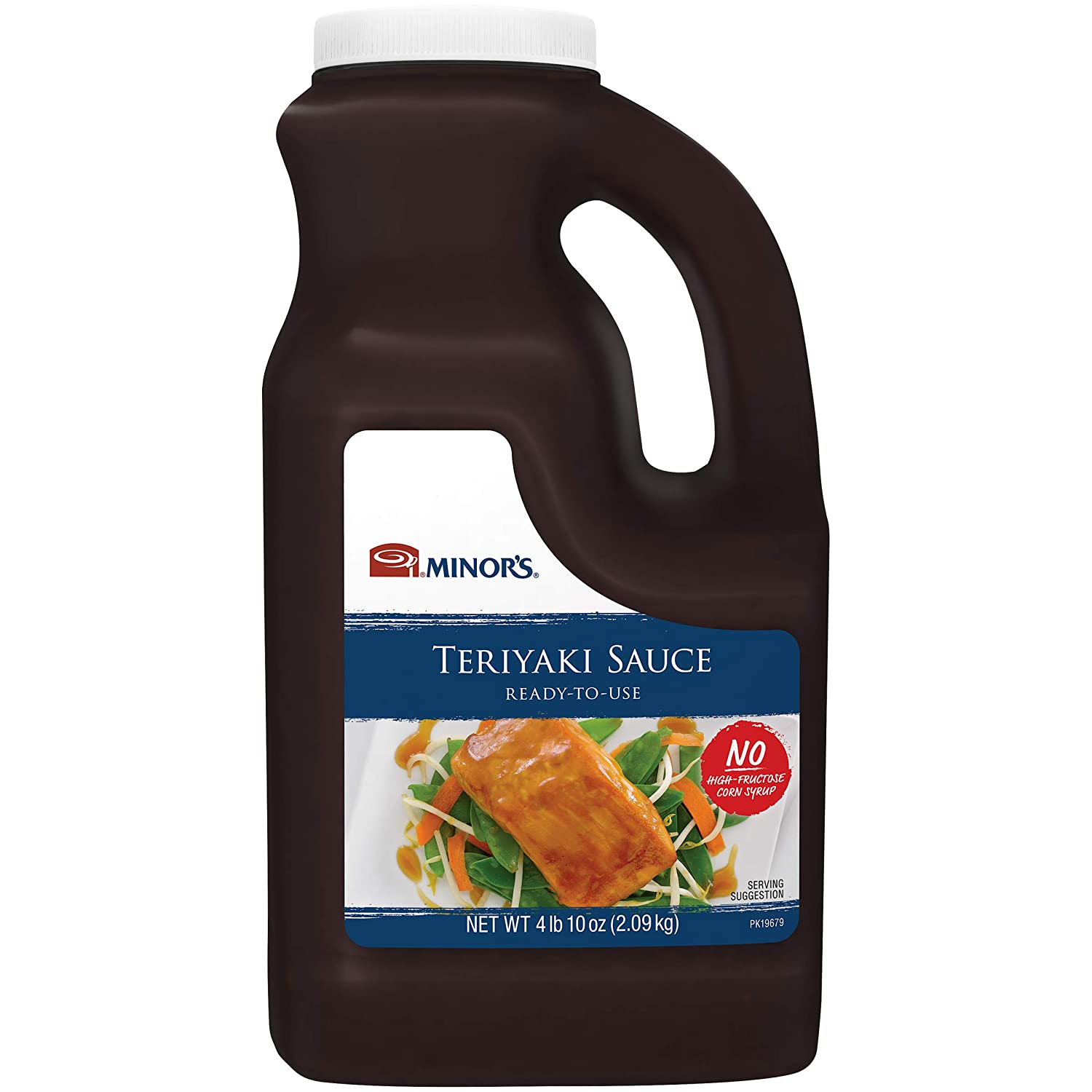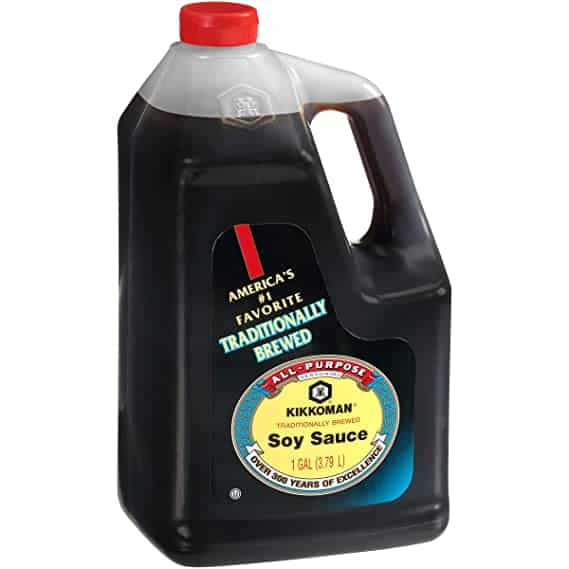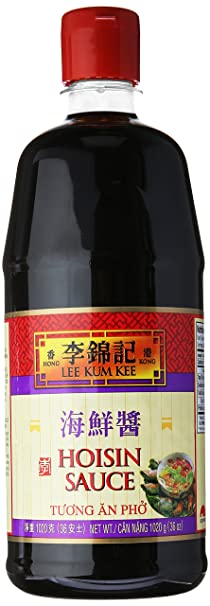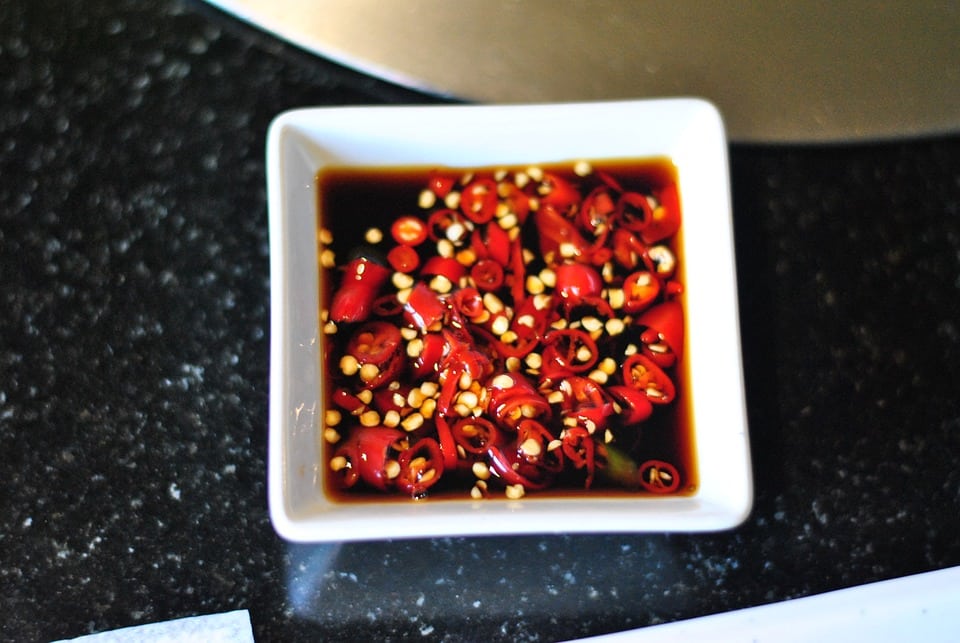Updated on April 9th, 2023
If you know oyster sauce, you know. Legend has it that this sauce was created in China in 1888 when Lee Kum Sheung, the owner of a food booth, mistakenly left oyster soup boiling for too long, turning it into a rich, savory sauce. He realized he had discovered something great when he tasted it. As a result, one of our favorite sauces was created.
If you’re not a massive fan of oyster sauce, you can easily substitute it for other sauces like Sweet soy sauce, Teriyaki sauce, or Hoisin sauce. There are several reasons to avoid these sauces, but these are the most common. These sauces are usually used to add flavor to dishes, and then they can be substituted for the oyster sauce in other recipes. But do they work? Read on to discover whether these sauces are the best substitutes for oyster sauce.
What is Oyster Sauce?
The flavor of oyster sauce is moderate and delicious. It’s a condiment created from oysters known as “sea milk.” It is often used to prepare various Chinese dishes and is very popular in Thailand. Its savory and sweet flavor makes it a versatile condiment that may also be used to add savory flavor to foods. Stir-fries, Chinese chicken, and fish can all benefit from it.
Top Substitutes of Oyster Sauce
1. Fish Sauce
Fish sauce, another umami-rich food we like to keep on hand, is perhaps the most apparent oyster sauce substitute. You can be unsure which sauce is which if you are unfamiliar with both. Oyster sauce is thicker than regular sauce and has a rich brown tint, and it also has a hint of sweetness. Fonthe the hand, fish sauce s thinner, lighter in color, and lacks sweetness. It has a nuttiness to it, according to some.
According to Taste Essence, oyster sauce is made from oysters, but it also contains salt and sugar; fish sauce, on the other hand, is made entirely of fermented fish and salt. As a result, it’s not surprising that significant variances exist between the two. If you’re using a dish with many different components, replacing the oyster sauce with fish sauce may not be as noticeable. A pinch of sugar in the dish could help smooth out the fish sauce’s abrasive edges.
What’s the moral of the story? Not only should you store up on oyster sauce, but you should also load up on fish sauce while you’re doing it.
2. Teriyaki Sauce
While fish sauce is likely to be more robust and intense in meals than oyster sauce, teriyaki sauce is sweeter and less concentrated (via Kitchen Bar). It does, however, work nicely as an oyster sauce substitute. This is partly due to the texture: Teriyaki sauce, like oyster sauce, is thick, making it a better substitute for the oyster sauce in some meals than fish sauce.
Teriyaki sauce starts with soy sauce as a base, but it’s sweetened with sugar, and it usually contains sake or mirin as well. If you create teriyaki dishes, you may already have some on hand; this is also a terrific ingredient to keep on hand for when you want to step up your cooking game.
If a recipe calls for oyster sauce, but you only have teriyaki sauce, Gourmet Sleuth recommends substituting 2 teaspoons of teriyaki sauce for 1 tablespoon of oyster sauce. If you have canned or jarred oysters on hand, add a teaspoon of liquid to the mix.
3. Soy Sauce
When you’re out of the oyster sauce and need a salty, savory substitute, soy sauce may appear to be one of the simplest options. That’s because you’re likely to have soy sauce on hand. You probably have leftover soy sauce packets from the last time you got Chinese food, even if you don’t have a bottle (though you should certainly acquire one). You’re lucky because soy sauce can be substituted for oyster sauce in some circumstances.
There are some distinct variations between these two varieties of sauce, according to PureWow. Soy sauce is much thinner than oyster sauce, which drips slowly from the bottle. As a result, soy sauce may not be the best substitute if the recipe calls for oyster sauce because of its texture, and it also lacks oyster sauce’s sweetness. However, simply adding a pinch of sugar to your food will fix this. While this may not be the most authentic-tasting substitution, chances are you already have it on hand, making it an obvious choice in an emergency.
4. Hoisin Sauce
If you have this sauce in your cupboard, you might have already thought of it. Hoisin sauce is another Chinese sauce that we think you’ll enjoy if you like barbecue sauce. It has a rich flavor, similar to oyster sauce. You’ll receive plenty of the umami flavor you want, but you might also detect some sour flavors. It has a slight sweetness, but it isn’t powerful. Remember that not all hoisin sauces are created equal. Garlic, chili paste, and even vinegar may be included in some recipes. Before substituting it for any other ingredient in a recipe, read the ingredient list on the bottle.
Because hoisin sauce is similar to oyster sauce, it can be utilized similarly to an oyster sauce. Remember that the flavor of hoisin sauce is less concentrated, so you might miss out on some of the heat you’re used to, which is why Cuisine Vault suggests adding a splash of fish sauce.
How to Make Oyster Sauce?
The preparation of oyster sauce is less meticulous than that of fish sauce.
Cooking oysters in water until the fluid reduced into a thick, viscous sauce was how the oyster sauce was first created. However, as demand for oyster sauce grows, manufacturers have adopted numerous shortcuts to minimize prices and raise profits.
Sugar, salt, oyster extracts or essences, and cornstarch are commonly used in modern oyster sauce. To quickly add taste and color to the sauce, some lower-quality manufacturers include MSG, soy sauce, and caramel color in their goods.
Stick to the premium oyster sauce products if you don’t want any MSG or coloring in your cuisine.
Although gourmets may scorn this type of sauce, it nonetheless accounts for a significant portion of the oyster sauce industry due to its low cost.
You might be wondering if the oyster sauce is suitable for vegans and vegetarians. Because some vegans consume seafood as part of their everyday diet, oyster sauce is permissible.
However, if you wish to incorporate this condiment into an entirely plant-based diet, look for high-quality vegan oyster sauces produced with mushroom extracts.
Most normal consumers have difficulty distinguishing between oyster-flavored sauce and oyster sauce.
What is the Difference Between Fish Sauce and Oyster Sauce?
The differences between fish sauce and oyster sauce can be seen in their appearance, taste, and fragrance. After reading this section, I’m confident you’ll never confuse these two again.
Fish Sauce
Fish sauce has a thinner and more liquid viscosity than the other two. Its color is usually reddish-brown, amber, or deep brown. The first extraction, which is also the highest grade batch, is pale amber in color, almost transparent.
Although the fish sauce isn’t known for its thickness, it more than makes up for it with its distinct flavor. This sauce has a strong, salty, and umami flavor with distinct fishy undertones.
The longer you ferment the sauce, the less fishy it will become. The condiment will develop a deep, nutty flavor during the fermentation phase.
Fish sauce has a robust, fishy aroma that might be overpowering when it comes to smell. On the other hand, the best fish sauce will have a deep, black, soy sauce-like aroma rather than a “stinky” one.
If you don’t like the fragrance of the sauce, try adding some lime juice, which will neutralize the flavor and make the sauce easier to smell. You can also cut back on the amount to avoid overpowering the other ingredients.
Oyster Sauce
Oyster sauce is thick and sticky, with a dark brown, almost black tint. The sauce’s density nowadays is generally derived from caramelized sugar and cornstarch.
Oyster sauce appears to be similar to hoisin sauce in appearance. However, if you pay attention to hoisin sauce’s texture, smell, and taste, you can tell it apart from the oyster sauce.
It has a considerably more delicate flavor than fish sauce, and however, this does not diminish the flavor of oyster sauce.
It has a sweet, salty, savory flavor and many umami flavors. Earthy flavors will be present in the best oyster sauce, and this sauce has been described as a sweeter, less salty mix of soy sauce and BBQ sauce.
As you can see, fish sauce and oyster sauce flavors are pretty different. In an emergency, though, fish sauce can be used to replace oyster sauce. You’ll need to tweak your recipe to incorporate fish sauce, but I’m confident you’ll be pleased with the outcome.
If you can’t stand the strong scent of fish sauce, you’ll be happy to discover that oyster sauce has a far more pleasant aroma. You can only detect its meaty scent if you really try. Otherwise, the aroma of oyster sauce will not attract attention.
Oyster Sauce Contains What Ingredients?
The ingredients for the oyster sauce are oysters, salt, sugar, MSG, modified corn starch, wheat flour, and caramel color. Soybeans, brown sugar, and mushroom flavor are typically used in vegetarian versions instead of oysters.
Oysters are the primary ingredient in oyster sauce. Some oyster sauces contain additional components, such as corn starch, thickened using a thickener. Oyster sauce is a common ingredient in many Chinese dishes, but if you don’t like the taste of raw or cooked seafood, you should probably avoid it. If you want to make a recipe without oysters, use fish-based soy sauce or soy-based replacements.
When Should Oyster Sauce be Used And When Should Fish Sauce be Used?
Oyster sauce is best used in stir-fry sauces as both a flavor and a thickening. It goes well with leafy greens since its moderate sweetness helps to balance out the harshness. It can also be used as a dipping sauce. Add oyster sauce to any meal that might use some thickening and a salty, umami flavor.
Fish sauce can be used in dishes that require a strong umami note and saltiness but not the thick viscosity of the oyster sauce. Nuoc cham, for example, is a fish sauce-based dipping sauce., and it’s commonly served with everything from grilled meats to noodles and egg rolls in Vietnam.
What are the Best Oyster Sauce Brands?
Cook’s Illustrated prefers the Lee Kum Kee Premium Oyster Sauce brand.
You’ll find a variety of responses on the internet, but the Lee Kum Kee brand and its signature Premium Oyster Sauce seem to be the most popular.
According to Amazon reviewers, the quality is improved, including natural oysters, but it still contains MSG. Given that Lee Kum Kee is the world’s oldest oyster sauce brand, it’s no wonder that it has a strong feeling of brand loyalty. When I was a kid, this brand was in our pantry.
Jirah Tan, a Singaporean who has lived in Asia, Europe, and the US, recommends using Thai oyster sauce in Thai meals and Chinese sauce in Chinese dishes. She claims that Thai oyster sauces are saltier and have a more substantial “taste of the sea.” She recommends the Thai brand Maekura.
We have yet to find an artisanal brand that caramelizes oyster broth in the time-consuming original way. Perhaps there isn’t a lot of demand because most people haven’t tried the actual thing. This home recipe tries, but its constituents are incompatible with those in the “real oyster sauce” formulation, prohibiting additives.
Is it Possible to Make Thai Food with Chinese Oyster Sauce?
Yes. While the flavors of Thai and Chinese oyster sauces are noticeably different in a tasting test, they are near enough in flavor in a dish that it will not seem inauthentic. If it helps, Panda is probably certainly used by your neighborhood Thai restaurant.
I typically purchase LKK Boat Lady since it is the best of my options. When I go to the Thai store, though, I usually buy a bottle of Maekrua because it’s what I grew up with, and the bottle has a strong nostalgia effect on me.
However, I was amazed by how better Boat Lady is than Maekrua following this taste test.
So…it has an effect. I’ll probably buy Maekrua much less now, as terrible as that is.
Maekrua, on the other hand, will almost likely deliver if you have a memory of a dish you had in Thailand and want it to taste exactly how you recall.
Conclusion
The flavor of oyster sauce is a cross between a fish sauce and soy sauce. It has a thick, syrupy consistency and a dark brown tint. A decent substitute should be able to replicate these flavors and textures to the greatest extent possible. Oyster sauce goes well with many Chinese, Thai, and other Asian dishes. You might not always have it on hand, though.
Fortunately, there are various alternatives to this condiment. Some have comparable textures to oyster sauce, while others taste practically identical. Vegan, vegetarian, and gluten-free diets are also available.
